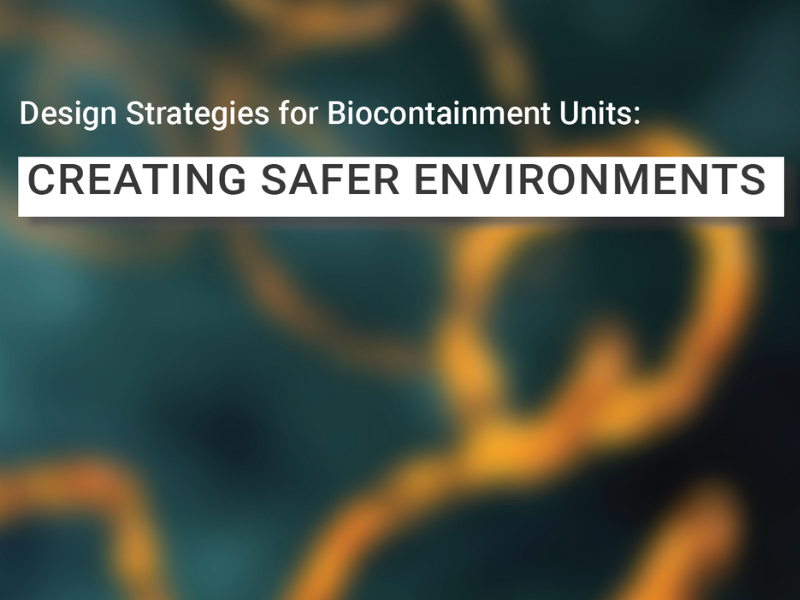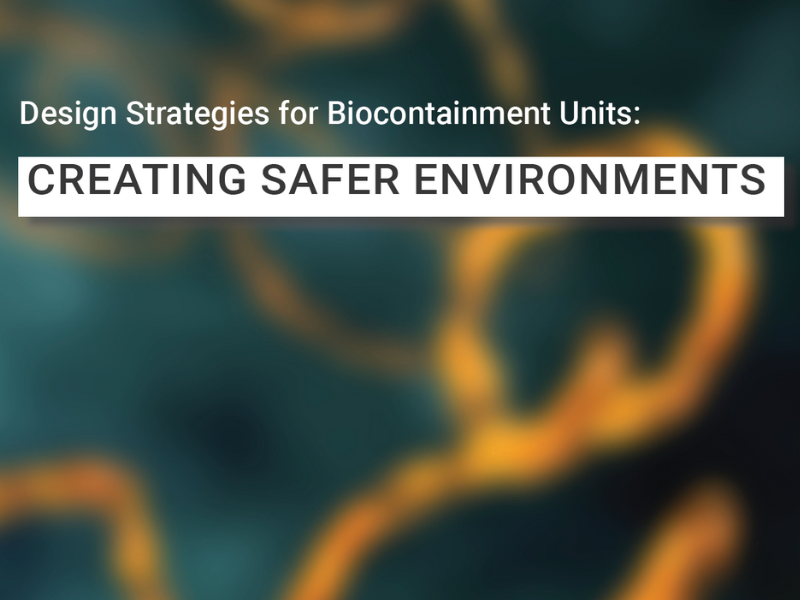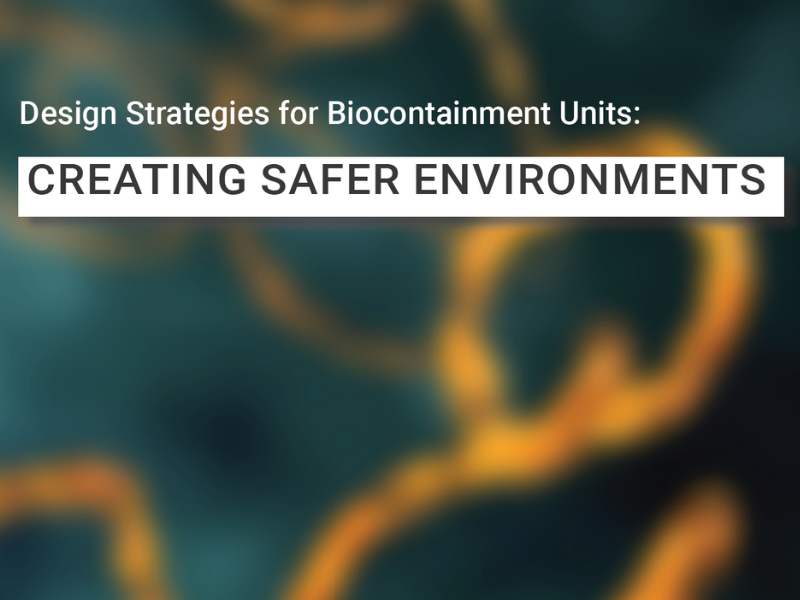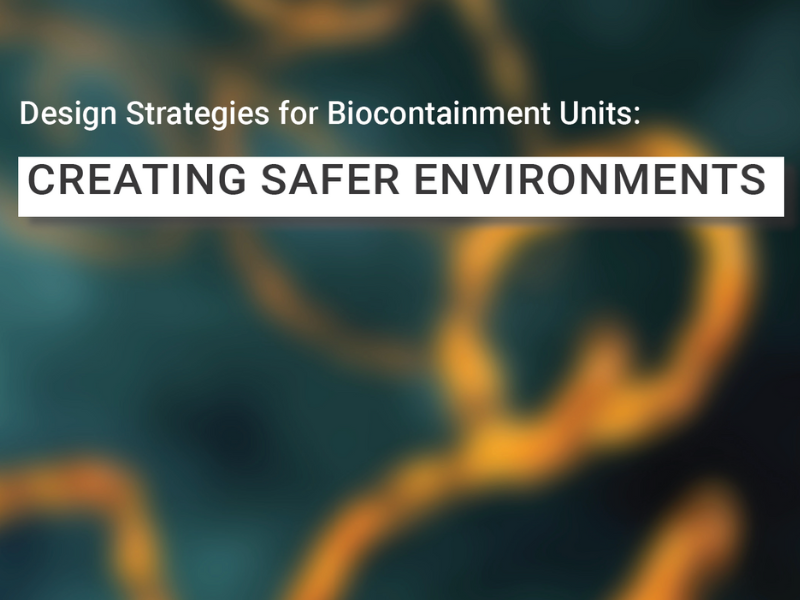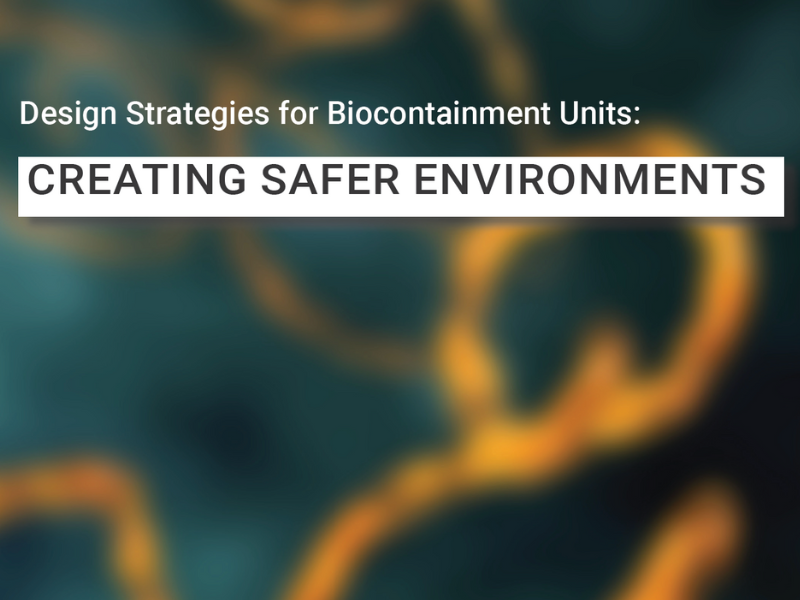
Infection Prevention and Safety
Researchers know the built environment affects behavior. In healthcare environments, with increased stress and high stakes, the design of the built environment can have a significant impact on safety, specifically on infection prevention. Risk of infection can be reduced through many design factors, including materials used in building construction, location of hand sanitizer dispensers, and knowledge of and access to personal protective equipment (PPE). At the SimTigrate Design Lab, we have studied the effects of the built environment on infection prevention and safety in many settings. Recently, we have researched the impact of the built environment on safety while doffing personal protective equipment in biocontainment units (BCU).
